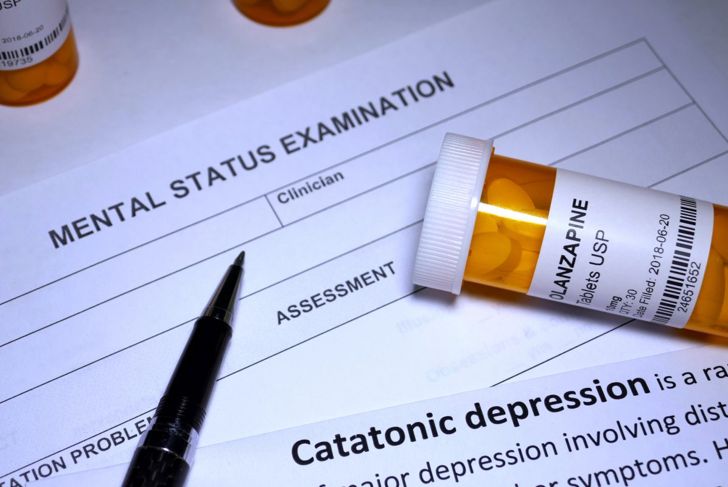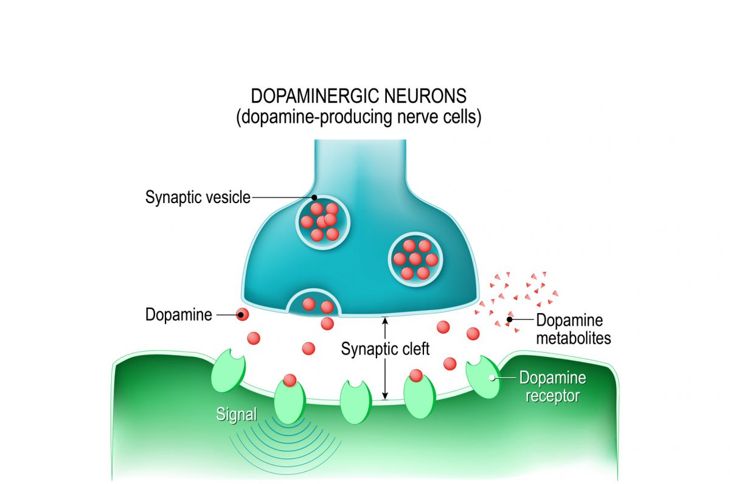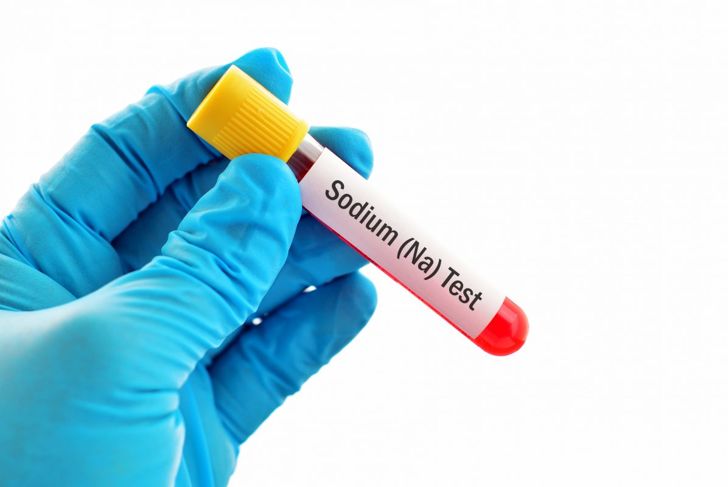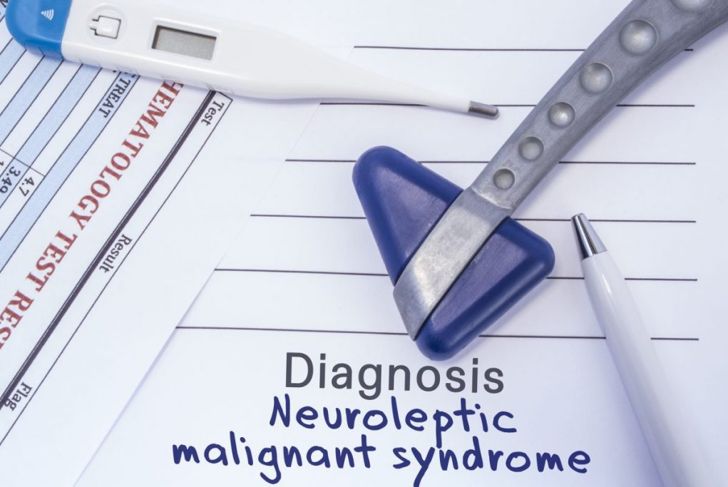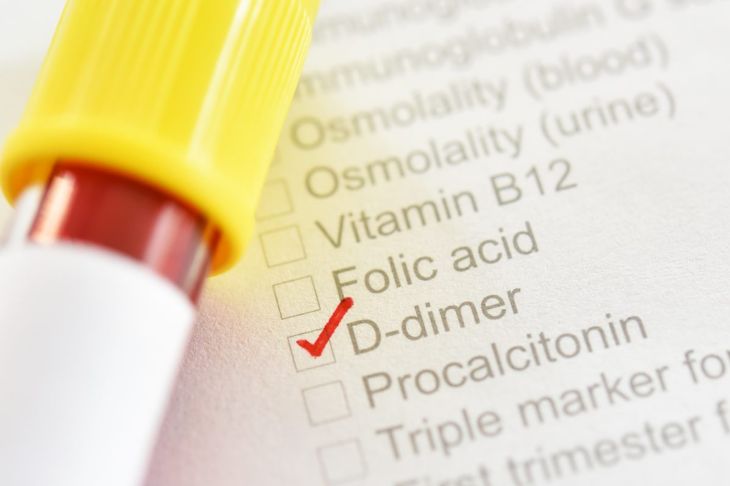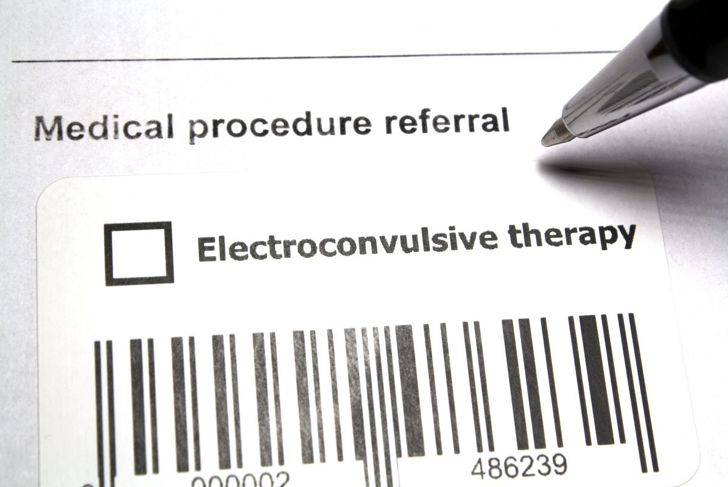Catatonia is a neurological disorder classified as a psychomotor syndrome. The condition affects approximately 10% of patients with acute psychiatric conditions. Most people think of a catatonic state as a total lack of movement or brain activity. However, some people develop excited catatonia, which presents as agitation.
Akinetic Catatonia
Experts define akinetic catatonia as the inability to move voluntarily, also known as akinesia. This type of catatonia also includes catalepsy, a state that includes body rigidity and lack of movement, the inability or refusal to speak. Tests show that people with this type of catatonia exhibit less activity in the medial prefrontal cortex, which is responsible for social cognition.
Excited Catatonia
People with excited catatonia appear disoriented or confused. Their ideas seem bizarre and flighty, and when they do speak, their tone is abrupt. They repeat meaningless random words and phrases that sound forced. In some cases, they echo another person’s movements and speech, known as echopraxia and echolalia, respectively. Individuals with excited catatonia may be combative to those around them.
Malignant Catatonia
Formerly known as lethal catatonia, malignant catatonia is life-threatening and requires treatment in an intensive care unit. It is triggered by an episode of an underlying psychiatric disorder, medical illness, or both. One case involved an individual with a history of schizophrenia who exhibited mutism and autonomic nervous system dysfunction. The combination of worsening catatonia symptoms and mounting physical distress due to pneumonia led to cardiac arrest.
Autoimmune Disorders Risk
While rare, it is possible to fall into a catatonic state without an underlying psychiatric disorder. Autoimmune diseases, such as lupus, can induce symptoms. In people with autoimmune polyendocrine syndrome, a catatonic episode can be brought on by myelinosis, the destruction of the nerve’s protective layer.
Dopamine Receptors Cause
The neurotransmitter dopamine, which helps to control movement and emotional responses, plays a significant role in catatonia, but doctors are unsure of the exact mechanisms. Research shows that some antipsychotic drugs block D2 dopamine receptors in the brain, which interferes with the organ’s ability to control motor movements, leading to an increased risk of catatonia.
GABA and Glutamate Roles
GABA is a naturally occurring inhibitory neurotransmitter that decreases nervous system activity, while glutamate, its precursor, is the most abundant neurotransmitter involved in excitatory activities. Doctors believe that a reduction in GABA receptor activity could cause the increased movements sometimes seen in cases of excited catatonia. Other research suggests that abnormalities in glutamate activities may be responsible for catatonia-related motor impairment.
Blood Sodium Levels
Sodium is essential to muscle and nerve function, and an imbalance of this electrolyte can induce catatonia. Hyponatremia or low blood sodium can lead to akinetic catatonia in people with certain underlying psychiatric disorders. Catatonia induced by hypernatremia or high blood sodium is rarer. It is more prevalent in older individuals and more likely to induce catatonia in those with physical impairments and diseases like dementia. Experts theorize that this effect is due to the tendency of increased blood sodium levels to shrink neurons, causing neurological injury.
Neuroleptic Malignant Syndrome
Neuroleptic malignant syndrome, NMS, is a rare life-threatening reaction to certain antipsychotics and tranquilizers. It shares some symptoms with malignant catatonia, such as rigid muscles and nervous system dysfunction. Data shows that NMS can lead to malignant catatonia, and failure to treat catatonia can lead to NMS.
Diagnosis
There is no definite test for catatonia, so the physician’s first step is to rule out other conditions. Then, the doctor may use the Bush-Francis Catatonia Rating Scale, BFCRS, and complementary analytic tools to identify symptoms clusters. In other cases, medical personnel may use fibrin D-dimer coagulopathy; this test identifies a protein found with blood clots; people with catatonia have a higher incidence of clots.
Treatment
Benzodiazepines are a class of drugs used to treat psychiatric disorders, such as depression, anxiety, and alcohol withdrawal. These medications seem to be the only types that lift the catatonic state in most cases. If a patient does not respond well to those drugs, the second-line treatment is electroconvulsive therapy.

 Home
Home Health
Health Diet & Nutrition
Diet & Nutrition Living Well
Living Well More
More